Well my good friend @SeanTheEvans dug this up the other day and sent it to me to repost, so first I want to give a shoutout to a great BOTL!
I posted this on the old site and although the site is lost and gone forever, thanks to Google we can recover much of the content. So here is the how-to in its entirety, exactly as I wrote it the first time:
Alright guys and gals, I've finally gotten around to finishing my second Ronson JetLite custom paint job and, as requested, I took pictures for a quick "how-to."
Here's a few pictures of the first one I did, which strangely went quite a bit smoother than the second.
This is Rustoleum oil-rubbed bronze finish with the Undercrown band and Krylon Fusion Clear Coat:
Without further ado, my step-by-step for customizing your Ronson the way you want!
STEP 1
Picking out the right Ronson isn't totally crucial, but it does help to buy a smoother surface so that you can sand it and get the primer to "stick" to the surface. Additionally, you want your label to look like it's part of the lighter and not have gaps behind it like the grooves that some Ronsons have in them.
I went to the local B&M and picked up this lighter for $8.00 and some change.
STEP 2
Taking apart a Ronson JetLite is easier than you would think. After taking the obvious screw out of the bottom of the lighter, the fuel tank and cap will come out as one part.
Separating the cap from the fuel tank and lighter is a little trickier, but still not very difficult.
By taking a small screwdriver (I had a small set for building computers) with different bits, you can punch out the metal rods that hold the cap to the fuel tank.
There are two rods, one to secure the cap to the fuel tank, and one to secure the spring mechanism to the cap. Punch both out as you'll want to keep the inside components clean.
Make sure to take all of the parts you aren't painting and place them in a small bag so to not lose them. Something tells me Ronson won't sell you extra rods and a spring .
STEP 3
Once you have stripped your Ronson down to just the cap and body you'll want to give them a light sand so that the primer sticks a little more permanently.
I used 320 grit sandpaper to really etch the surface, but not create "scratches" per se.
STEP 4
Time to prime and paint your JetLite! I suggest two types of primer: Rustoleum Self-Etching primer and Rustoleum Automotive Primer.
My first mistake on this lighter was putting two coats of each primer on. It ended up being too thick in the end (too many coats of paint didn't help either), so I would suggest no more than one coat of each primer!
Before priming, make sure you clean the lighter to remove any oils on the surface. I simply used dish soap and water, and that seemed to work well.
The first coat of primer should be the self-etching primer. This will be a green finish and will be very course. That's alright, we're going to put automotive primer on top and smooth it out a little bit.
After the first coat of primer is dry apply a coat of the automotive primer for strength and a nice smooth finish. Make sure to shake this can really well, as I didn't shake it well enough and it left "cracks" in the new finish. I ended up stripping the lighter back down and starting over, so don't make the same mistake I did!
Here is the primed product and a shot of the types of primer:
Now choose your color and band and get ready to make this baby look gooooood!
If I can make another suggestion before you start spraying your lighter, it is to put TWO (2) coats of paint MAX! The most important thing is getting a good base of clear coat on the lighter, so you don't want to add too many layers underneath and create a clunky lighter that doesn't open and close smoothly and loses the crispness of the Ronson lettering.
Apply a coat a day at most so that the base coat has time to dry and really adhere to the primer.
After applying the second coat and waiting another day, you should be ready to apply your band!
I simply use the tackiness of the paint to apply my band. I center it and make sure the back flaps line up, then I start pressing very firmly in the middle of the front and work my way to the back. Crease the corners with pressure when you get to them and push out any slack in your band as you work your way around. I didn't have to use spray adhesive on either lighter. Hold the band in place for a couple of minutes after it's positioned and you should be good to go.
Now let's clear coat this b!
Clear coat is really a pain in the you-know-what. If you spray too light of a coat, you'll get a "gritty" finish when it dries. If you spray too thick of a coat you'll get drops of dried clear coat in spots. You have to find that magical balance between the two to get a good coat.
Also, this is important as it may save you from making the same mistake as me: don't sand your clear coat before the next coat is applied! I did this with 2000 grit paper and actually rubbed some of the black lettering off of my cigar band not realizing that I was doing it! You'll see in the finished product pictures what I mean. The clear coat is thick, but sandpaper will target raised spots first, obviously, and in the end it may not be worth what little extra adherence you gain from sanding it with fine paper.
Once you have your coats of primer, paint, and clear coat (I would suggest 2-3 coats of clear), you're ready to put the lighter back together and admire your amazing craftsmanship!
This is just a simple how-to and I may have left out important steps as my A.D.D. doesn't let me focus on any one thing for this long.
Feel free to ask me any questions you may have and I'll see what I can do!
Before I wrap this up, I want to give a couple quick-hitters to summarize and help out my BOTLs and SOTLs who may try this for themselves!
- Only use ONE coat of each type of primer and TWO coats of paint maximum so that you aren't adding too many layers and thickness to the lighter. You'll be glad you did when you put it back together.
- I would suggest using Krylon Fusion Clear Coat over the Rustoleum Clear Enamel that I used for my second lighter. The Krylon has a harder finish and seems stronger. The Rustoleum has a softer feel to it, and I was actually able to press my thumbprint into the cap while pushing the rods back in on accident. That's a whole day and a half after applying the last coat.
- If you use Krylon you can probably get away with two coats of clear coat, but three would be my suggestion. With the Rustoleum I used three and the depth of the gloss is awesome.
- MAKE SURE YOU SHAKE YOUR CANS OF PAINT/PRIMER VERY WELL. I'm apparently an impatient moron and like to start projects over multiple times. Don't be like me.
- Don't tighten the screw on the bottom of the lighter too tight when you reassemble the whole lighter or your lid will not close properly. You may rub the paint a little bit, also, if you tighten it down too much. Just tighten it until you get some resistance and you're good to go!
- Don't get paint stripper on your hands. Or human stripper for that matter. Both can leave a painful burning on your skin. The paint stripper does for sure, I know first hand.
I'm sure I'll add to this as I remember some more stupid stuff I did, but for now I leave you with this!
This is dedicated to @SeanTheEvans . He also did some testing on the human-stripper-skin-burning-issue and found that doing the limbo under a stripper gives you pink-eye, but the burning sensation is exclusive to hookers, not strippers. Big difference. So thank him for his time and devotion to this experiment next time you talk to him!
Disclaimer: the above statement in it's entirety may or may not be loosely based on literally no factual information.
User Tag List
Results 1 to 10 of 31
-
02-21-2015, 06:37 PM #1This is DEFINITELY me ↓


- First Name
- Collin
- Join Date
- Feb 2015
- Location
- Fort Wayne, IN
- Posts
- 344
- Ring Gauge
- 163
- Mentioned
- 157 Post(s)
- Tagged
- 0 Thread(s)
DIY How To: Custom Paint a Ronson Jetlite
Last edited by 04EDGE40; 02-21-2015 at 06:39 PM.
There are no easy answers. But there are simple answers. We must have the courage to do what we know is morally right.- RONALD REAGAN
-
Post Thanks / Like - 7 Thanks, 3 Likes
-
02-21-2015, 06:37 PM #2This is DEFINITELY me ↓


- First Name
- Collin
- Join Date
- Feb 2015
- Location
- Fort Wayne, IN
- Posts
- 344
- Ring Gauge
- 163
- Mentioned
- 157 Post(s)
- Tagged
- 0 Thread(s)
Here's another I've done recently. Unfortunately the lighter in this one went to crap, but oh well.

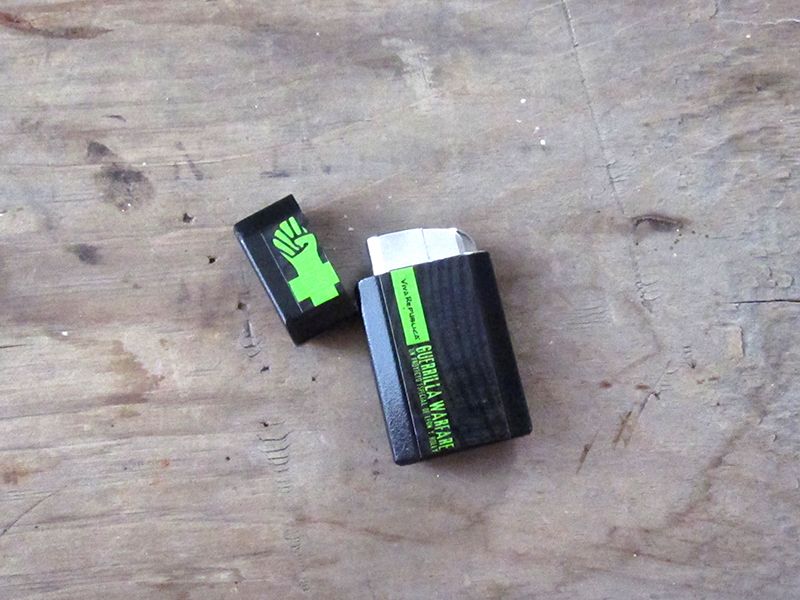
There are no easy answers. But there are simple answers. We must have the courage to do what we know is morally right.- RONALD REAGAN
-
Post Thanks / Like - 0 Thanks, 1 Likes
 jhedrick83 liked this post
jhedrick83 liked this post
-
02-21-2015, 06:58 PM #3Cigar-Smoking Scum


- First Name
- Super Secret
- Join Date
- Feb 2015
- Location
- Philadelphia, PA
- Posts
- 854
- Ring Gauge
- 541
- Mentioned
- 194 Post(s)
- Tagged
- 0 Thread(s)
Dude, you DO mod your lighters, internally (remove flame adjustment limitors and push-action spring [safety]), right? Well you can just swap the shell of this one onto any working Ronson interior. It's not a hard swap at all! Your custom shells can live on as long as you have a new Ronson to transfer them onto- start stocking up

BTW- This might be my new favorite design - way to keep reinventing an already great idea!
-
02-21-2015, 07:26 PM #4I broke the see saw!


- First Name
- Brian
- Join Date
- Feb 2015
- Location
- Oakland tn
- Posts
- 1,176
- Ring Gauge
- 631
- Mentioned
- 139 Post(s)
- Tagged
- 0 Thread(s)
This is awesome I'm gonna have to try this
Pissing off people since 1973.....and getting better everyday
-
02-21-2015, 07:35 PM #5Administrator


- First Name
- Jesse
- Join Date
- Feb 2015
- Location
- Ol' Rocky Top
- Posts
- 6,571
- Ring Gauge
- 1443
- Mentioned
- 621 Post(s)
- Tagged
- 0 Thread(s)
That is really effing cool! I'm adding it to my project list!
"Hate, it has caused a lot of problems in the world, but has not solved one yet."
― Maya Angelou
Go Vols!
-
02-21-2015, 08:18 PM #6Royal Bum


- First Name
- Kris
- Join Date
- Feb 2015
- Location
- Palm Coast, FL
- Posts
- 2,158
- Ring Gauge
- 810
- Mentioned
- 153 Post(s)
- Tagged
- 0 Thread(s)
very cool! I gotta try this...hopefully it comes out half as good as yours
Once in a while you get shown the light
In the strangest of places if you look at it right
-
02-21-2015, 08:20 PM #7Waiting on Octember 1st


- Join Date
- Feb 2015
- Posts
- 3,384
- Ring Gauge
- 672
- Mentioned
- 359 Post(s)
- Tagged
- 0 Thread(s)
Glad you put this back up Collin! It is a great DIY.
-
02-21-2015, 11:18 PM #8Hoosier Bum


- First Name
- Brent
- Join Date
- Feb 2015
- Location
- Auburn, IN
- Posts
- 1,554
- Ring Gauge
- 288
- Mentioned
- 456 Post(s)
- Tagged
- 0 Thread(s)
About time you post this! Which one you doing next? Lol. I keep eyeballing a certain band in my box. It has your name writen all over it when it is done.
A little hint: it may or may not have birds on it.
-
02-22-2015, 08:26 AM #9Advisor to Bum Wanabees

- First Name
- David
- Join Date
- Feb 2015
- Location
- Near Augusta/Athens, Ga
- Posts
- 1,019
- Ring Gauge
- 82
- Mentioned
- 44 Post(s)
- Tagged
- 0 Thread(s)
Thanks for reposting this tutorial.
Formerly known as MDSPHOTO
-
02-22-2015, 05:18 PM #10This is DEFINITELY me ↓


- First Name
- Collin
- Join Date
- Feb 2015
- Location
- Fort Wayne, IN
- Posts
- 344
- Ring Gauge
- 163
- Mentioned
- 157 Post(s)
- Tagged
- 0 Thread(s)
There are no easy answers. But there are simple answers. We must have the courage to do what we know is morally right.- RONALD REAGAN




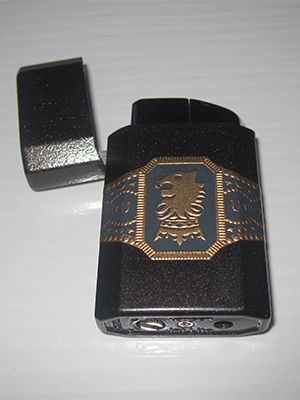
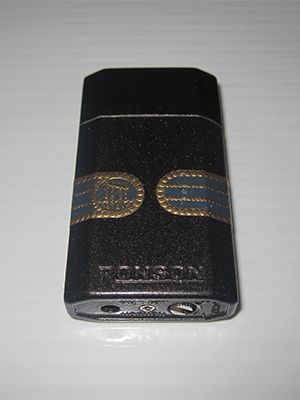
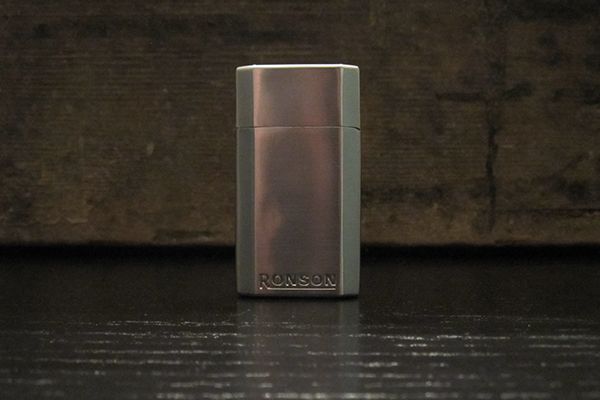
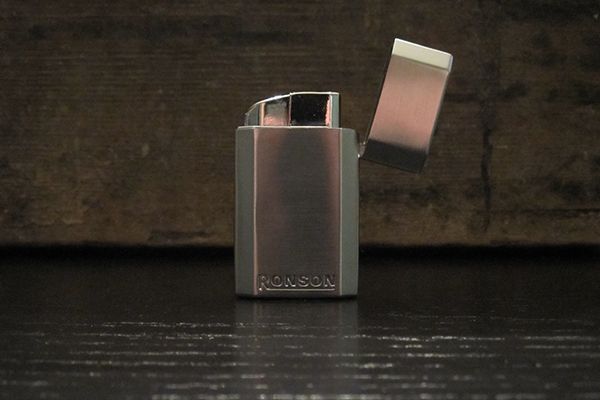
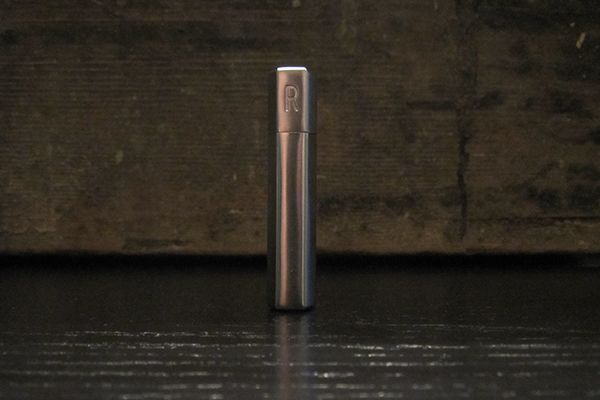
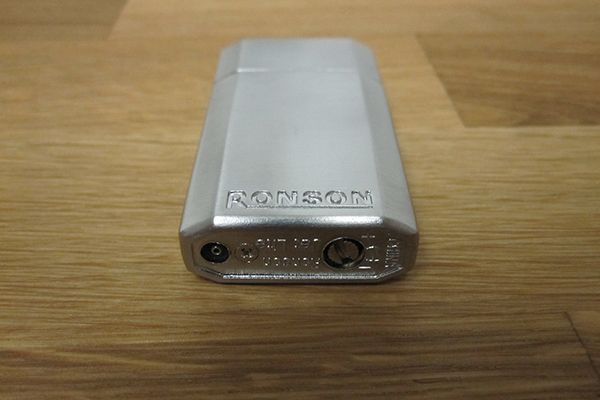
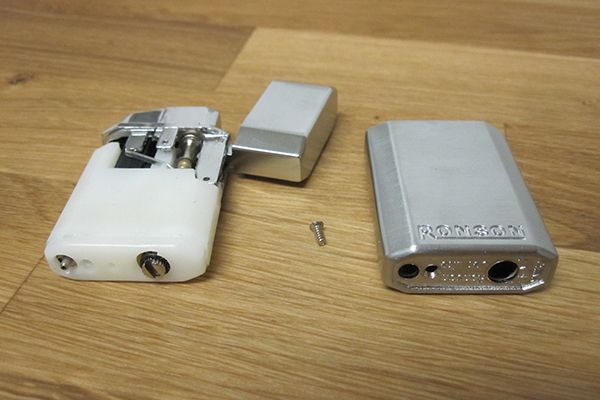
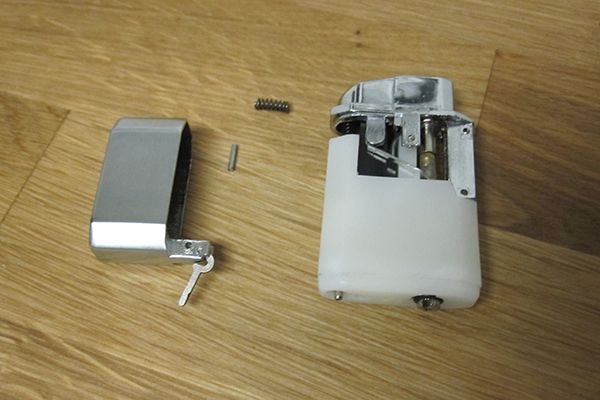

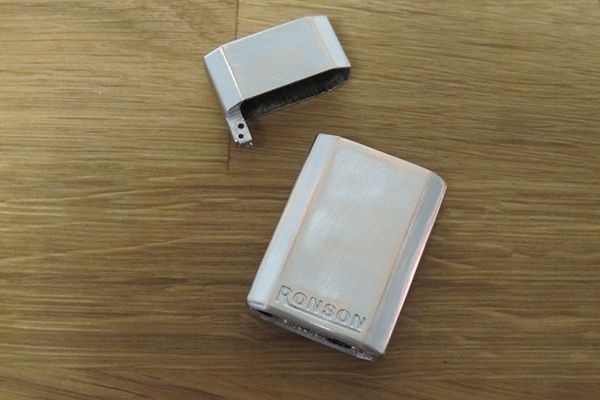
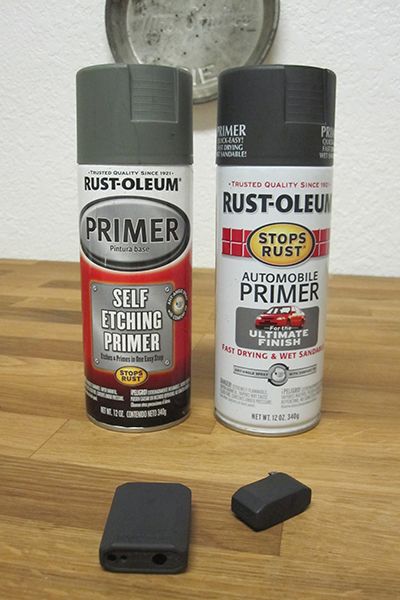

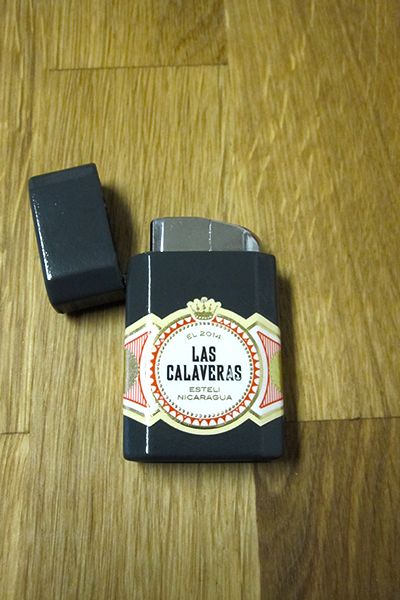


 Reply With Quote
Reply With Quote
